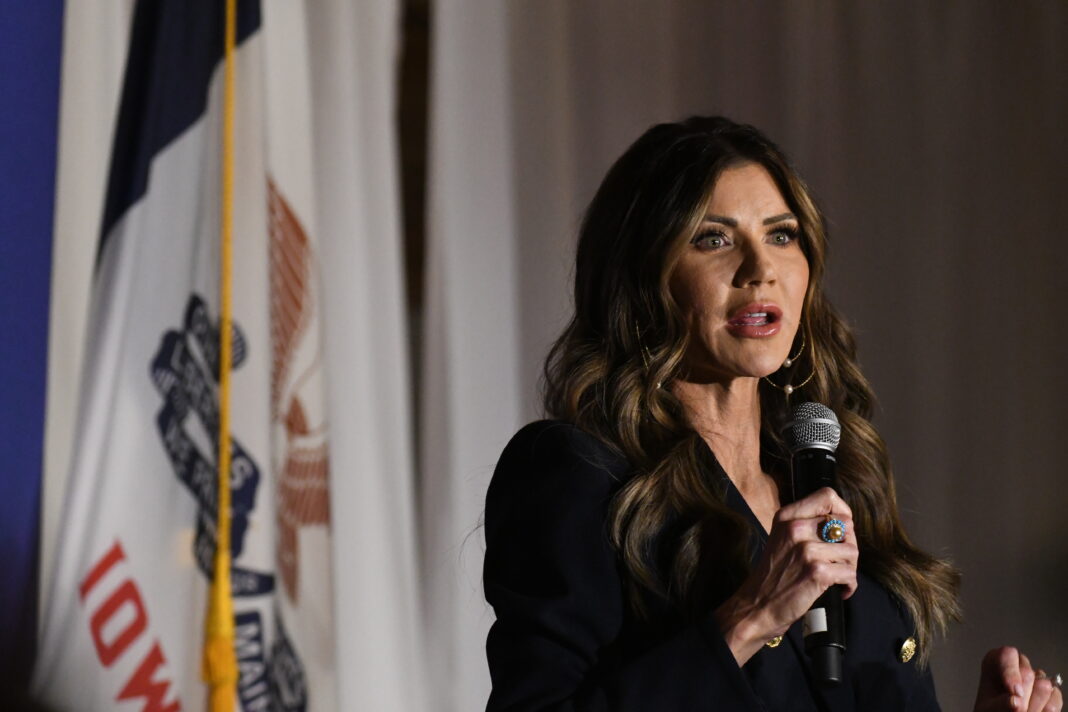As I watch my grandchildren grow and learn, I’m reminded of something that I learned as a young parent: our kids are capable of learning far more (and more quickly) than we realize before we see it for ourselves. They watch everything that we do, and their little developing brains absorb it shockingly fast.
A two-year-old is capable of looking at two entirely different cups yet identifying both as “cup” because they understand what a cup is at its most basic level. It’s a very simple jump from saying “cup” to spelling “c-u-p” – and from there to actually reading.
American education has focused on teaching our kids to read by the time they complete 3rd grade, and far too many students don’t even meet that expectation. But reading is actually pretty basic once you break it down to the phonics level. Many of us remember our own phonics instruction, but unfortunately “modern education” has all but gotten rid of it. South Dakota launched a strong investment into the Science of Reading this year, specifically by training teachers how to apply phonics education in their own classrooms. Once this method of teaching takes root, we will be shocked at how quickly our kids learn to read!
Education isn’t rocket science (it literally isn’t – until at least college, anyway). I know teachers work hard – they do God’s work making sure that our students are as prepared as possible for their future. But education doesn’t have to be complicated. It can be pretty basic, especially at the elementary level.
Our kids need to learn reading, writing, and arithmetic. From there, they can apply those skills to obtain knowledge. Those basic skills teach them how to learn. And reading – more so than the others – can instill a love of learning that turns our kids into lifelong learners.
In South Dakota, we’ve revamped how our kids acquire knowledge in social studies. Their education in civics and history starts at a basic level then spirals into more in-depth knowledge – and these standards are raising the bar for what is possible in public education. But again, it isn’t rocket science – we focus on learning basic skills and then applying those to obtain real knowledge of America’s true and honest history.
Once our kids learn to read – and learn to love reading – they can go read some really great literature that teaches them more about our world. And we should empower both teachers and parents to inspire our kids to seek out that knowledge.
Our parents should be the ones who hold ultimate power in their kids’ education – and then their teachers should be the next at the table to take this trust and ensure those children get exactly what they need. And they need very little guidance from the outside.
The state has a role to make sure that all of our communities achieve basic standards for our kids. But honestly, I agree with people like Ronald Reagan who often expressed legitimate concerns about the federal government getting involved in the education of our kids. They send us money, sure – but South Dakota schools spend more money complying with federal regulations than they actually receive in federal funding. The power should be held first and foremost by parents, and with their permission, the teachers, then local school districts, then the state – and it should go no further.
We are going to be doing some powerful things in South Dakota education with these basic principles in mind. We’ve already accomplished a lot to restore parents’ role in their kids’ education and to support teachers as they educate our kids. And we’re just getting started.
I can’t wait to see my grandkids continue to amaze me with what they learn – and kids across South Dakota will do the same in every community every day.
















